Our collections
With over 8.5 million items, we house the largest and most diverse botanical and mycological collections in the world. They represent approximately 95% of vascular plant genera and 60% of known fungal genera. Here is a guide to the different types of collection we hold.

-
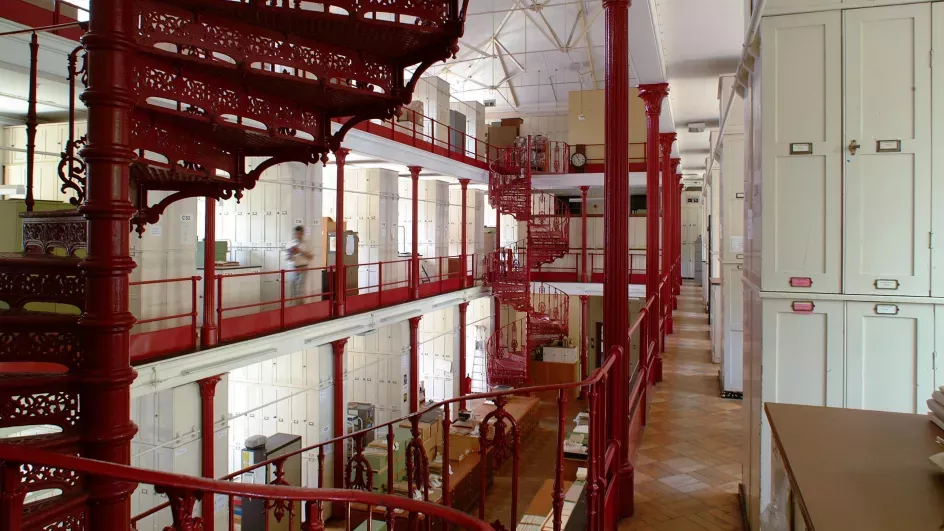
The Herbarium
This contains around seven million preserved vascular plant specimens, these can yield a wealth of information about plants that have been collected around the world over the past 170 years.
-
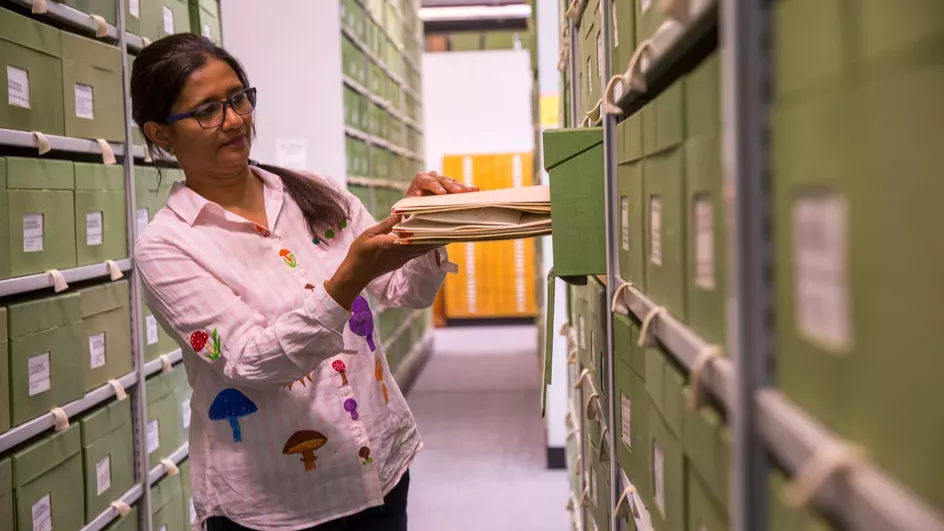
The Fungarium
Our Fungarium contains specimens from every part of the globe and reflects the importance of fungi as providers of food, medicines, enzymes and essential ecosystem services.
-
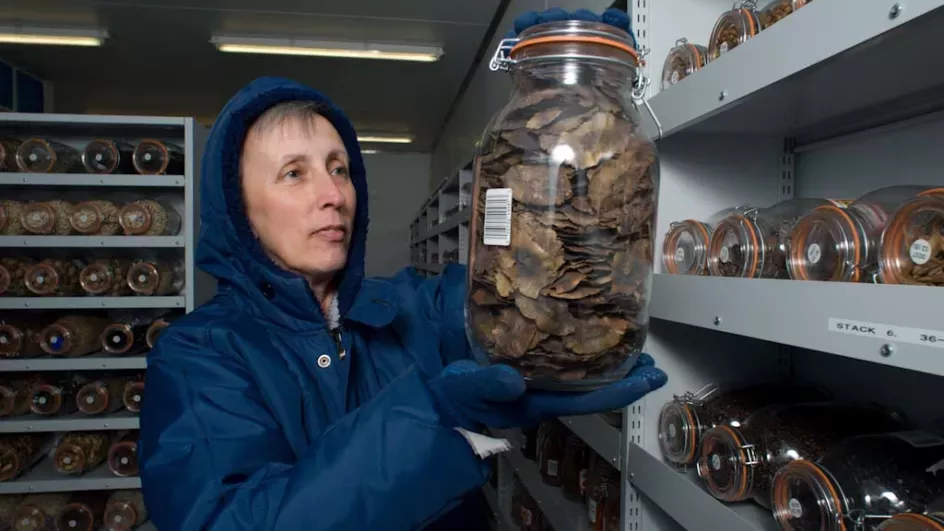
Seed Collection
Within the vaults of the Millennium Seed Bank (MSB) is the Seed Collection, which represents the greatest concentration of living seed-plant diversity on Earth. The MSB is a global resource for conservation.
-
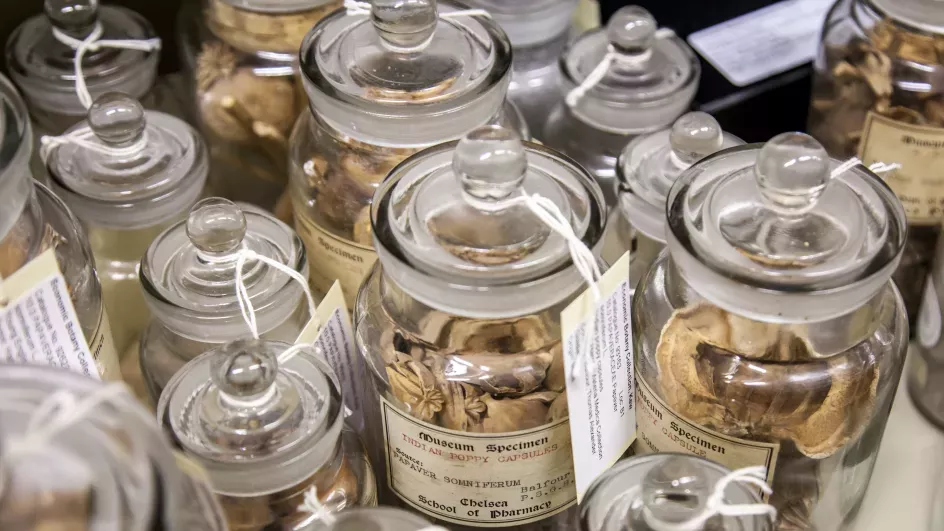
Economic Botany Collection
This collection illustrates the extent of human use of plants and fungi around the world. There is a huge variety of objects including artefacts made from plants as well as wood samples.
-
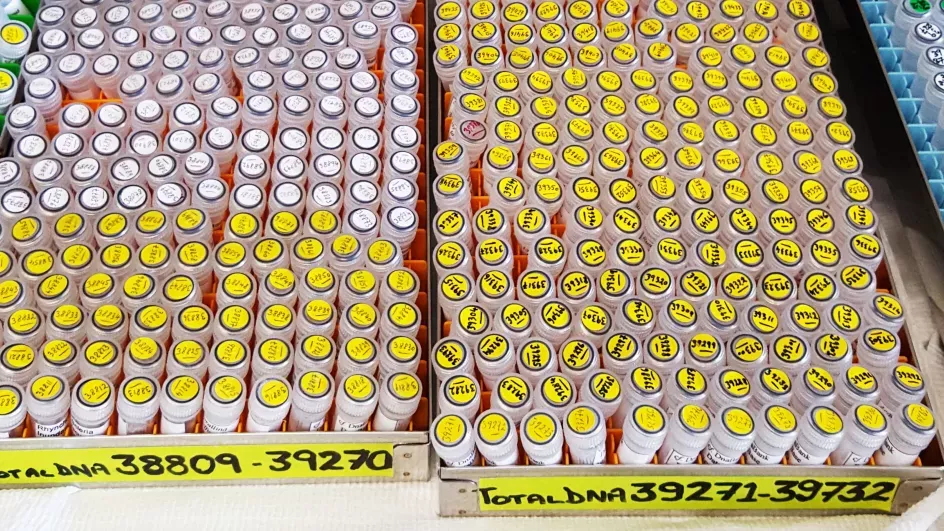
DNA and Tissue Bank
Here are 58,000 samples representing nearly all families (507 families), and over half the genera (around 7,100) of flowering plants. These samples reflect previous studies carried out at Kew.
-
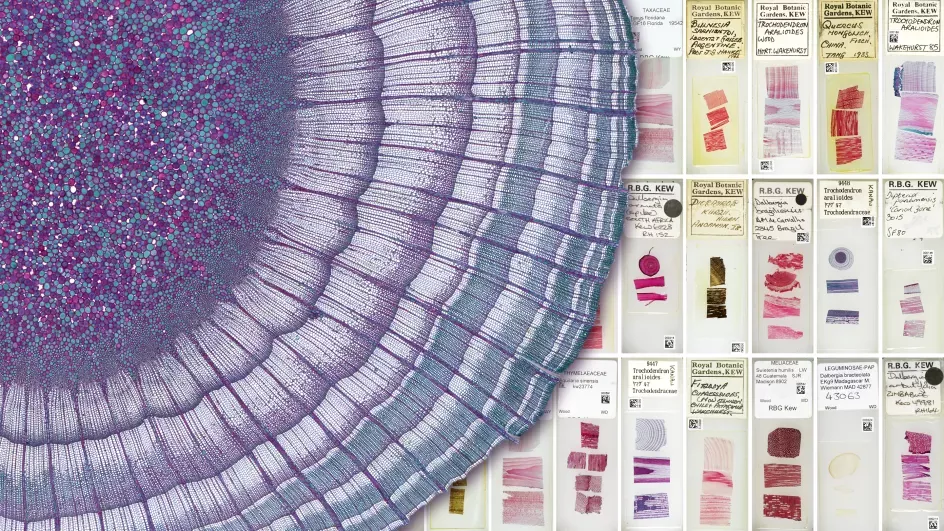
Microscope Slide Collection
This holds 150,000 specimens from a diverse range of plant taxa, particularly from seed-producing plants. Features preserved include: leaf surfaces and sections, pollen, wood and roots.
-
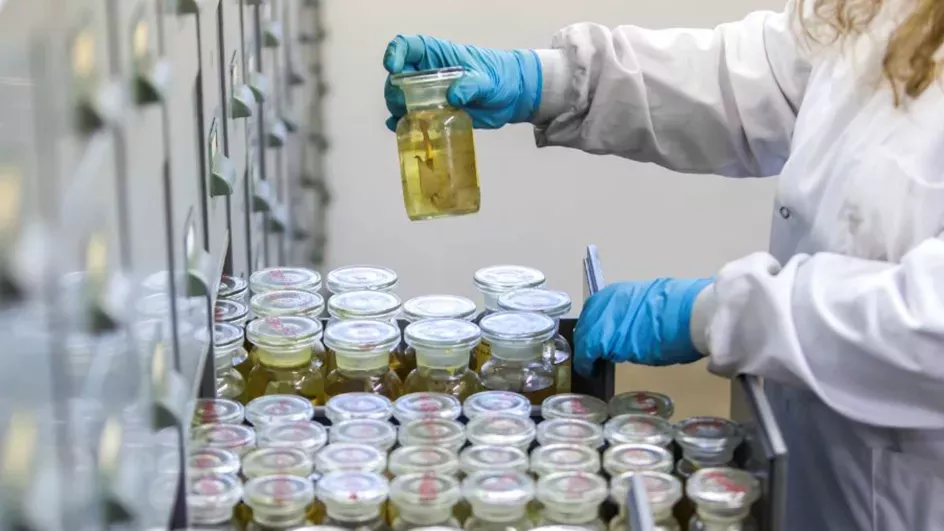
Spirit Collection
This collection consists of over 76,000 plant specimens preserved in fluid and stored in glass jars. More than 370 families are represented. The mycology spirit collection has 1,250 specimens.
-
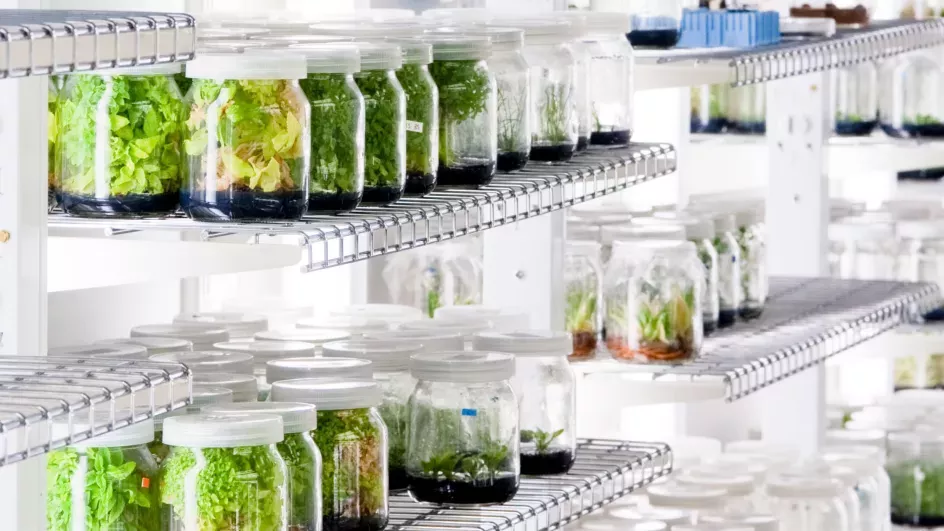
In Vitro Collection
Here we house plant specimens and fungi that have been cultured in artificial growing media. The collection includes 6,000 specimens, including orchids and mycorrhizal and non-mycorrhizal fungi.
-
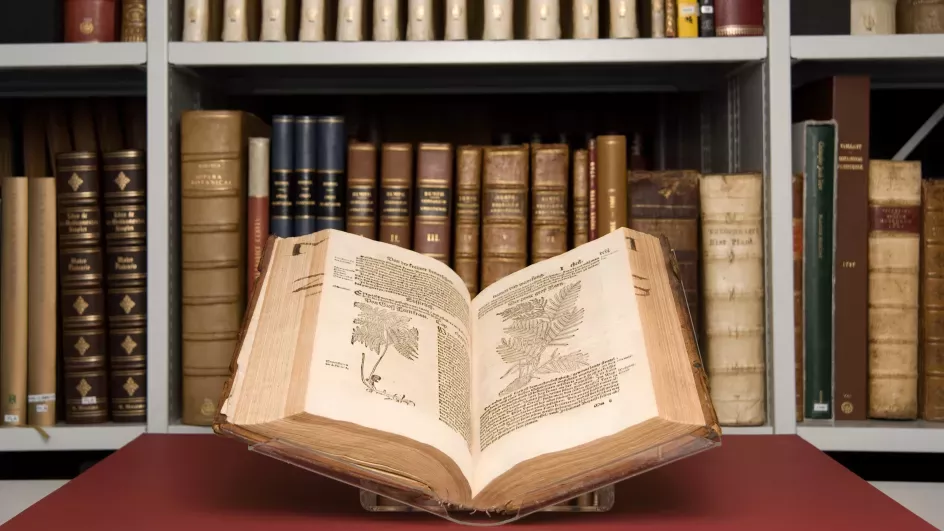
The Library
We have one of the largest collections of published botanical information in the world, our main subject area is the taxonomy and systematics of wild plants, including collections of herbaria in microform.
-
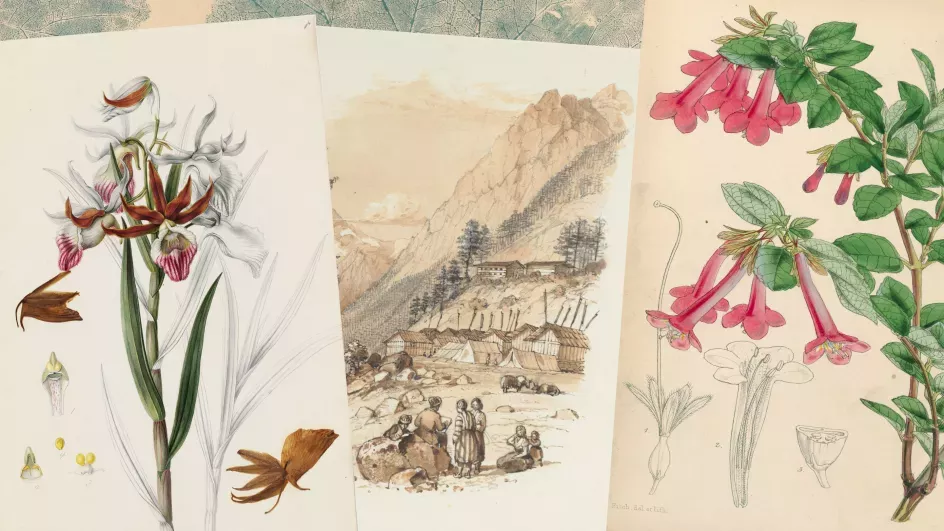
Illustrations and Artefacts Collection
An extensive resource of more than 200,000 botanical prints and drawings. There are also works on paper, portraits, photographs, and three-dimensional objects that chart the history of botany.
-
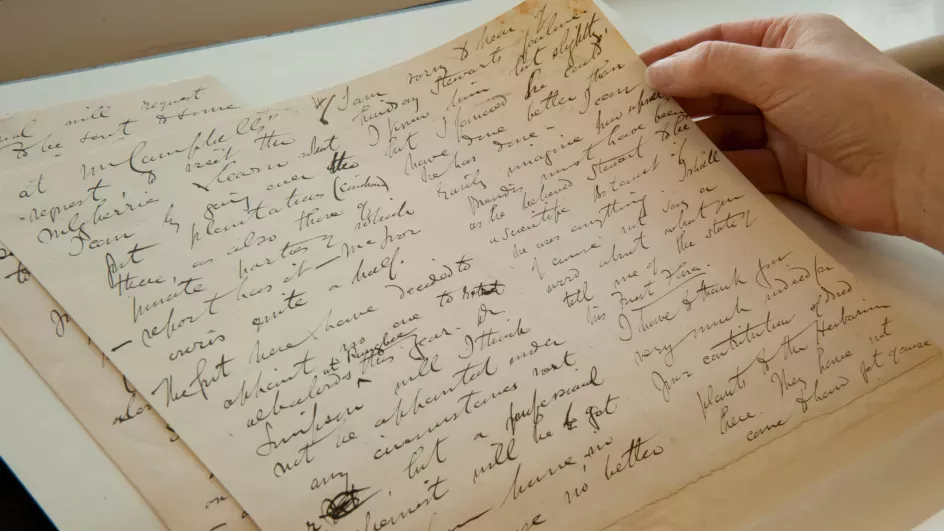
The Archives Collection
A valuable resource on the history of the discovery, study, transfer and use of the world’s plants and fungi. Here are the official records of RBG Kew and also the personal papers of many botanists.
